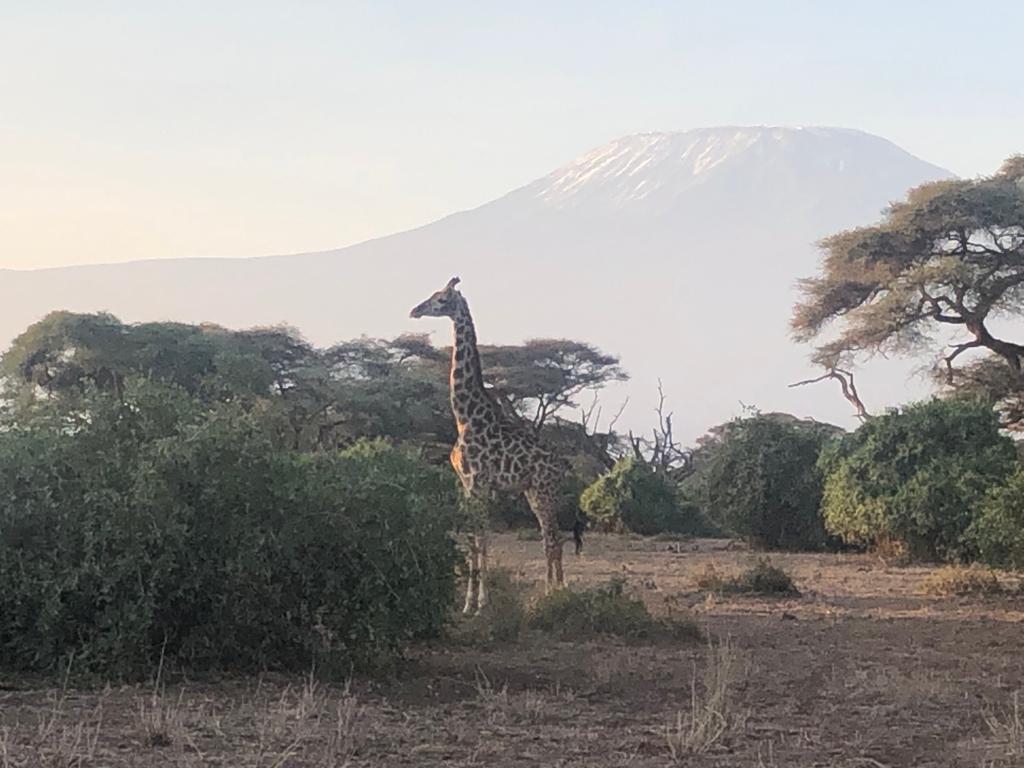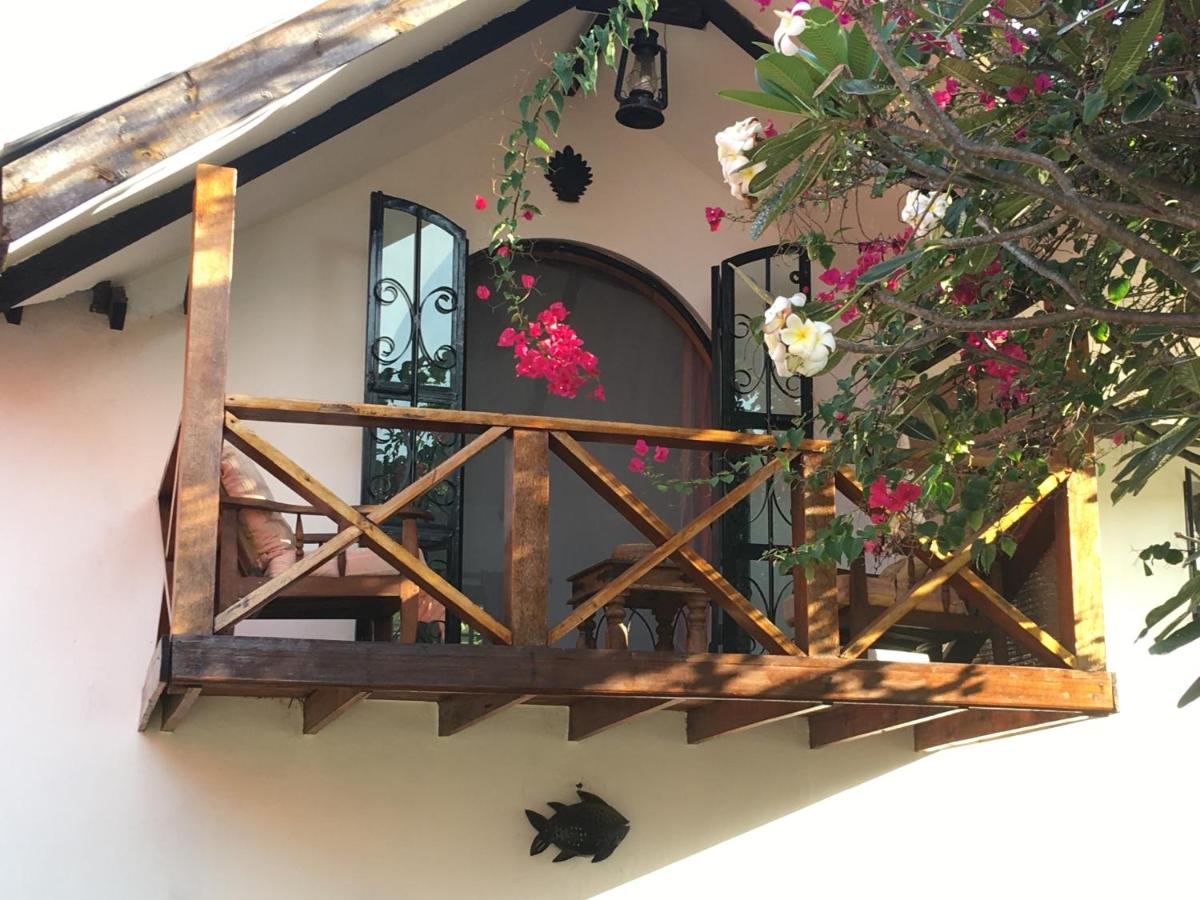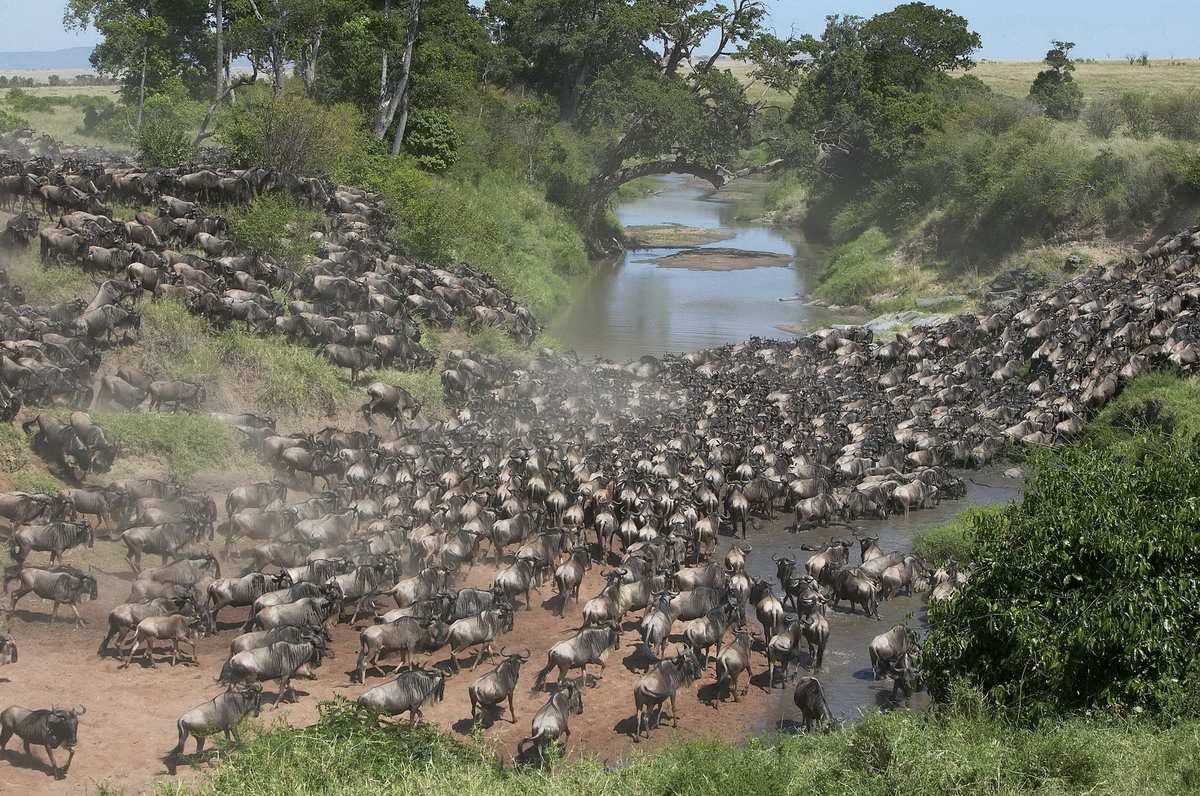3 Must-See Animal-Kill-Animal Experiences At The Maasai Mara In Kenya During The Wildebeest Migration
Close to 250,000 Wildebeests die every year in the plains of East Africa. The majority of these lose their lives in the process of the Great Migration, one of the Seven Wonders of the World. Wildebeests travel hundreds of miles following rainfall patterns, in search of food and water. Over 1.5 million wildebeests participate in the Great Migration. Witnessing this spectacular pattern of Mother Nature has more to offer than just watching a horde of herbivores trod the ground. The death of some of the wildebeests by kill animal the Great Migration offers an opportunity for tourists to witness the action-packed episode food chain.
Predators benefit from this Wonder of the World.
As the wildebeests leave the Serengeti in Tanzania, they cross the Mara River to Kenya’s Maasai Mara. Here they experience their first major threat- crocodiles. The wildebeests cross the crocodile-infested Mara River every year and not many make it through alive. The crocodiles, just like in the cartoons, lie craftily mere inches below the water. Their eyes pop out of the river like tiny beads before revealing the rest of their bodies. As the wildebeests brave the raging torrents of the Mara, the crocodiles don’t necessarily charge into the pack; trampling can be a cause of death. The great water lizards wait for a careless gnu to lose footing and get carried away by the river’s torrents. Many wildebeests get hurt in their leap from the ledges of the riverbanks into the river. The struggling herbivore will either succumb to drowning or to the wide jaws of the crocodiles a few meters downstream. Crocodiles can knock out an animal cold with their powerful tails. It is in this way that they put many wildebeests out of their misery before the Mara gives them a bitter death.
Mother Nature plays the food chain game even after the crossing of the Mara River. Wildebeests follow the rainfall pattern. The further they travel, the closer they get to vegetation. The closer to vegetation, the more danger is posed to the herd. Lions, cheetahs and leopards use the cover to assist their camouflage and hiding. The big cats make a point of making their attack sure and successful because wildebeests travel fast and far. While the cats are equally fast (if not faster), they dread to leave their marked territories. Lions will retain their geographic boundaries just like the cheetahs and leopards commonly do. For this reason, they make careful tactics when the migration crosses through their territory. The best catch is the young wildebeests or the sickly for the simple reason that they require little effort to acquire. Wildebeests calve during the migration. Their calves can be birthed while the herd is on the move. As long as the mother is standing, the baby can be brought out by help of gravity. The calves are forced to adapt quickly. Their feeble legs gain strength remarkably fast and they join their parents in the 1800-mile migration. Not all calves are that lucky. Some are left behind or get lost in the herd. As they trail, the predators impale. Besides the young, the gnus in the outskirts of the herd make a good show for tourists. The lionesses scramble to alienate them from the pack whilst avoiding dangerous hooves from the scared herd. The tug of war between the wildebeests’ herd and the lions over the stray herbivore is brilliantly entertaining. The uber-creature commands the direction the food chain flows.
The final must-see animal-kill-animal experience involves the hyenas and the vultures. These two animals have earned terrible repute and their names even “verbified” to describe their lazy nature. They watch the show with the tourists and one could swear that they cheer on the lions to successfully catch the wildebeests. They dare not mingle with the lions. However when the lions eat to their satisfaction, the hyenas clear the dishes. They are frequently seen to disperse the vultures that get to the table first due to flight advantage. The vultures and hyenas mingle, albeit in an unfriendly manner, to gather the spoil that the cats have left behind. However, the hyenas are not always passive in the Great Migration. Like the lions, cheetahs and leopards, they use the same principle to fill their stomachs- divide and conquer. They similarly endeavor to alienate the young and trailing gnus for their own kill. If successful, they enjoy a greater meal that the lazy approach grants them.
While the documentaries give the special effect for the animal-kill-animal scenes, nothing is more exciting than witnessing the event first-hand. The next-time you visit the Maasai Mara for the Great Migration, look for more action beyond the trotting of hooves.





